我和高溫超導:大洋兩岸人生路(國際英文版)
High Temperature Superconductor and Me: A Scientist,s Journey Across Oceans
配送方式
-
台灣
- 國內宅配:本島、離島
-
到店取貨:
不限金額免運費




-
海外
- 國際快遞:全球
-
港澳店取:



內容簡介
蒙如玲是休士頓大學德州超導中心的傑出科學家。本書以英文自傳體的形式描述了她色彩斑斕的一生,並以高溫超導研究為主線,前後貫通,一氣呵成。這本書分為兩部分,第一部分紀錄了80年代和90年代,當全世界許多科學家都在競相尋找高溫的超導體,作者在那場激烈競爭的歷史浪潮中,引領潮流的精彩畫面。第二部分則生動地記錄了作者對生命價值的不懈追求,回顧了她從年輕女孩到受人尊敬的科學家的心路歷程。本書內容豐富,細節引人入勝,非常值得一讀。
Ruling Meng, the author, is an exceptional scientist from Texas Center for Superconductivity at University of Houston. This autobiography describes her colorful life in detail, with high-temperature superconductivity research as the through line from beginning to end. The book is divided in two parts. The first illustrates the fierce competition in high-temperature superconducting material research during the 80s and 90s, when many scientists worldwide were racing to find the hottest superconductors. Meng was a famous and important participant in this historic competition. The second part vividly records the author,s tireless pursuit of the value of life, recalling her journey from young girl to respected scientist. Rich in content and fascinating detail, this book is well worth reading.
Ruling Meng, the author, is an exceptional scientist from Texas Center for Superconductivity at University of Houston. This autobiography describes her colorful life in detail, with high-temperature superconductivity research as the through line from beginning to end. The book is divided in two parts. The first illustrates the fierce competition in high-temperature superconducting material research during the 80s and 90s, when many scientists worldwide were racing to find the hottest superconductors. Meng was a famous and important participant in this historic competition. The second part vividly records the author,s tireless pursuit of the value of life, recalling her journey from young girl to respected scientist. Rich in content and fascinating detail, this book is well worth reading.
名人推薦
◆Acknowledgement◆
I am most indebted to my dear friend, Jianjun Zeng, who encouraged me to embark on the adventure of writing a book in Chinese and then in English. She always had time to talk through a point, an idea, or the form and content. Without her numerous hours of editing, this book would not be possible.
I am also indebted to my dear friend, Zihong Zhang, who as a copy editor did many iterations of the content and form to make them fit for publication. This book would not be possible without his tremendous contributions.
My thanks also go to Professor David Ross for his meticulous proof reading of the English texts and to Mr. William Nisbett and Professor Wei Li for their translations.
My family has been part of the journey from the beginning. My dedication to research coincided with the formative years of my son and my daughter. I regret that I did not spend enough time with them when I was working long hours at the lab. My life story would be different without their understanding and support.
Ruling Meng
I am most indebted to my dear friend, Jianjun Zeng, who encouraged me to embark on the adventure of writing a book in Chinese and then in English. She always had time to talk through a point, an idea, or the form and content. Without her numerous hours of editing, this book would not be possible.
I am also indebted to my dear friend, Zihong Zhang, who as a copy editor did many iterations of the content and form to make them fit for publication. This book would not be possible without his tremendous contributions.
My thanks also go to Professor David Ross for his meticulous proof reading of the English texts and to Mr. William Nisbett and Professor Wei Li for their translations.
My family has been part of the journey from the beginning. My dedication to research coincided with the formative years of my son and my daughter. I regret that I did not spend enough time with them when I was working long hours at the lab. My life story would be different without their understanding and support.
Ruling Meng
目錄
Contents
Acknowledgement
Editorial Note
List of Figures
List of Tables
▲Part I: High Temperature Superconductors and Me
Prologue
Chapter 1: I Changed my Career Twice
First foray into superconducting materials
Returning to the research “National Team”
Building a thin film lab
A surprise invitation
Chapter 2: My Promise at the Starting Line
Starting from scratch
First victory
No pain no gain
Chapter 3: Days of Challenging 97K
Returning to Houston
Proving the 35K oxide superconductor
Superconducting transition at 52.5K under pressure
Materials Research Society Annual Meeting in Boston
Optimizing process to make superconductors
“Element substitution”
Mystery of yttrium
A news conference
Identifying the structure of the new high temperature superconductor
Cranking on all cylinders: discovering a series of rare earth high Tc superconductors
American Physical Society (APS) Annual Meeting
Notes
Chapter 4: New Frontiers
The emergence of new superconductor series
Finding the synthesis mechanism for Hg-base superconductors
The first defect-free C60 single crystal
Applications of high temperature superconductors
Large dimension bulk and rod superconductors
Fabrication of mercury superconductor tape
Fabrication of bismuth superconducting tape
Notes
Chapter 5 Inside and Outside the Media Halo
“Changing a bird shotgun for a cannon”
“Heroes behind the scenes”
The “Little United Nations” of the Superconductivity Center
“The fame of a general is built upon the ashes of millions of dead soldiers”
Chapter 6 “Our” Patent
He applied for a patent for “Us”
An eighteen-year-old mystery
Requesting internal mediation
Ripple effects?
Lawyer’s evidence
Nine years of difficult road of “rights protection”
Who is the co-inventor of the patent?
Thoughts on the “Time limitations of legal action”
Who’s to judge?
Photos
▲Part 2: A Life on Two Sides of the Ocean
Prologue
Chapter 1: Growing up and Schooling
My father and mother
A tomboy hiding from the Japanese
A young girl’s dreams of becoming a writer
From a young Miss to a country girl
Toward becoming a STEM girl
University life
The great calamity of the Cultural Revolution
Notes
Chapter 2: My Forty-Year American Journey
Flying to the new continent
My Chinese colleagues from the Physics Department of UH
The helping hands of overseas Chinese
American friends
The shadow of the FBI
Chapter 3: Different Worlds
The rigor of the Germans
The tolerance and taste of the French
The pragmatism of the Japanese
Italy’s “famous brand”
Chapter 4: The Wide-Open World Outside of the Lab
Serving the community
Giving back to my Alma Mater
Starting an offshore wind power plant
Promoting the application of high-temperature superconductors
Singing, drawing, and fundraising for the scientific research innovation award
Acknowledgement
Editorial Note
List of Figures
List of Tables
▲Part I: High Temperature Superconductors and Me
Prologue
Chapter 1: I Changed my Career Twice
First foray into superconducting materials
Returning to the research “National Team”
Building a thin film lab
A surprise invitation
Chapter 2: My Promise at the Starting Line
Starting from scratch
First victory
No pain no gain
Chapter 3: Days of Challenging 97K
Returning to Houston
Proving the 35K oxide superconductor
Superconducting transition at 52.5K under pressure
Materials Research Society Annual Meeting in Boston
Optimizing process to make superconductors
“Element substitution”
Mystery of yttrium
A news conference
Identifying the structure of the new high temperature superconductor
Cranking on all cylinders: discovering a series of rare earth high Tc superconductors
American Physical Society (APS) Annual Meeting
Notes
Chapter 4: New Frontiers
The emergence of new superconductor series
Finding the synthesis mechanism for Hg-base superconductors
The first defect-free C60 single crystal
Applications of high temperature superconductors
Large dimension bulk and rod superconductors
Fabrication of mercury superconductor tape
Fabrication of bismuth superconducting tape
Notes
Chapter 5 Inside and Outside the Media Halo
“Changing a bird shotgun for a cannon”
“Heroes behind the scenes”
The “Little United Nations” of the Superconductivity Center
“The fame of a general is built upon the ashes of millions of dead soldiers”
Chapter 6 “Our” Patent
He applied for a patent for “Us”
An eighteen-year-old mystery
Requesting internal mediation
Ripple effects?
Lawyer’s evidence
Nine years of difficult road of “rights protection”
Who is the co-inventor of the patent?
Thoughts on the “Time limitations of legal action”
Who’s to judge?
Photos
▲Part 2: A Life on Two Sides of the Ocean
Prologue
Chapter 1: Growing up and Schooling
My father and mother
A tomboy hiding from the Japanese
A young girl’s dreams of becoming a writer
From a young Miss to a country girl
Toward becoming a STEM girl
University life
The great calamity of the Cultural Revolution
Notes
Chapter 2: My Forty-Year American Journey
Flying to the new continent
My Chinese colleagues from the Physics Department of UH
The helping hands of overseas Chinese
American friends
The shadow of the FBI
Chapter 3: Different Worlds
The rigor of the Germans
The tolerance and taste of the French
The pragmatism of the Japanese
Italy’s “famous brand”
Chapter 4: The Wide-Open World Outside of the Lab
Serving the community
Giving back to my Alma Mater
Starting an offshore wind power plant
Promoting the application of high-temperature superconductors
Singing, drawing, and fundraising for the scientific research innovation award
序/導讀
◆Editorial Note◆
It was the fall of 1993 when I first met Ms. Meng, Ruling at the annual meeting of the Chinese Association of Professionals in Science and Technology (CAPST) in Houston. As the then President of CAPST, she was delivering a report to the members on the work of the previous year. From 2000 to 2001, when my family was going through a difficult time, she extended a timely helping hand to me.
But what really inspired me to write about her was what I learned in 2004, when Ruling shared with me what had happened in the scientific research field of high-temperature superconductivity between the end of 1986 and the beginning of 1987. In a “Contest of the Century,” researchers in physical and material sciences from all over the world broke the high-temperature superconductivity records, one after another. At that time, surrounded by thousands of outstanding male researchers, there were only a few female professionals in this research field, mostly women of Chinese origin, Ruling was the most senior one among them. Moreover, she was the only Chinese scholar who had received a college degree from a university in China and started her career in a research institute in China. She came to the United States when she was over forty. With years of solid academic attainments and unimaginable hard work, she became a world-class materials scientist within a few years, and she was respected by her colleagues at home and abroad. From 1981 to 1997, she was among the 500,000 authors of scientific papers in the world and became one of the 1,000 most-cited published scientists and the first female author in the field of superconducting materials. In addition to admiration for her, I was extremely curious about such a friend who has stories.
In 2005, I had more than 20 hours of in-depth interviews with Meng and wrote a 12,000-word article in Chinese based on our discussions, later edited by her and partially published on a local website. But that was far from what we had envisioned: to provide a faithful “snapshot” of a specific moment in the history of physical and material sciences. Both of us were busy working full-time then, and I also needed time to digest the many new concepts in superconductivity research and to learn the unfamiliar terminology in material sciences involved in the article. My goal was to organize the wonderful moments that Ruling wanted to share with the world into a coherent story that non-professional readers can understand and want to read. For this reason, our writing plan was put on hold until 2017, after I officially retired and after Ruling’s solo amateur artist exhibition closed. In May 2018, I received the first batch of drafts sent by Ruling via email, and we started our hard work together. In the following three years, we had nearly a hundred discussions and debates, and many new chapters were added after more than a dozen revisions. The first manuscript in Chinese was completed by the end of 2020.
Thanks to the joint efforts of many friends, the Chinese edition of this book was published in April, 2021. Some of Ruling’s friends reviewed the book, making hundreds of comments and modifications, ranging from the main event timeline and participant information to the Chinese translation of English scientific and technological terms and names. Dr. Zihong Zhang, our common friend, was put in charge of the layout and illustrations of the book. Because Ruling and I were inexperienced in manuscript writing and editing, we frequently revised the manuscript after typesetting. Zihong not only made and updated the plates in a timely manner more than ten times, but also made suggestions for selecting content, handling appropriate expression of concepts and emotions, as well as finalizing the English manuscript. Ms. Mei Li, who was the last to join the editorial board for the Chinese version, was expected to proofread words and sentences using her experience working for her church in recent years. However, after carefully reviewing the content of the manuscript, she proposed to divide the technical and social contents of the book into two parts, one focusing on scientific issues, and the other on sociological issues. She also made specific suggestions to highlight the theme and special features of the book.
Some mistakes in the Chinese version have been corrected in the English version. My sincere thanks go to the many friends who made their unique contributions to the English version of this book, including but not limited to the following: Mr. William Nisbett, with a BS degree in Chinese Language and a MS degree in Physics from the University of Houston, participated in the English translation of the second part of the book. Working for a high-tech company then, he used his spare time to finish the translation in just two months, thanks to his fine understanding of the Chinese language and culture. Dr. Wei, Li, a retired professor of English Language and Literature from Lone Star College, translated the most challenging chapters of this book due to their scientific and technological difficulty. He also reviewed and revised the other chapters’ English translation to ensure the English translation conveys the original ideas of the Chinese author faithfully. Mr. David Ross, a professor of English and English as a Second Language at Houston Community College, worked as the English editor and proofreader of the entire book. His professional standard and dedication guaranteed smooth reading and easy comprehension by English-speaking readers. Finally, Danqing Bei, David Ross’s wife, helped in translating all the captions of figures and photos.
In addition to the editorial committee, friends who provided selfless help and enthusiastic encouragement for Chinese and English versions of this book include: Miss Peiheng Zhu, who proofread all chapters of the Chinese version word by word; Dr. Jieqiang Guo, who revised the first draft of two chapters in Chinese; Meng’s colleagues far away in China, Mr. Nengzhong Ye and Mr. Ruxing Wu, as well as friends in Houston, Drs. Jianguang Wang and Jianjun Jiang, took time to read the entire book or relevant chapters in Chinese and provided valuable feedback. Professor Sharron Wen, Chair of the Chinese Language program of the Department of Languages at the University of Houston, gave her full support by recommending her best student in Chinese Language, Mr. Nisbett, to join the translation work.
I would like to quote a sentence from the book to end my introduction:
I hope that in the year 2100, when our descendants open the ‘National Millennium Time Capsule’ in the ‘National Museum of American History’, and take out those five-centimeter diameter Yttrium-Barium-Copper-Oxide high temperature superconductors, they will be able to recall the stories this book tells and the contributions made from so many “heroes behind the scenes”.
Jianjun Zeng(Ph D, Geology)
Sept. 15, 2022 in Houston
It was the fall of 1993 when I first met Ms. Meng, Ruling at the annual meeting of the Chinese Association of Professionals in Science and Technology (CAPST) in Houston. As the then President of CAPST, she was delivering a report to the members on the work of the previous year. From 2000 to 2001, when my family was going through a difficult time, she extended a timely helping hand to me.
But what really inspired me to write about her was what I learned in 2004, when Ruling shared with me what had happened in the scientific research field of high-temperature superconductivity between the end of 1986 and the beginning of 1987. In a “Contest of the Century,” researchers in physical and material sciences from all over the world broke the high-temperature superconductivity records, one after another. At that time, surrounded by thousands of outstanding male researchers, there were only a few female professionals in this research field, mostly women of Chinese origin, Ruling was the most senior one among them. Moreover, she was the only Chinese scholar who had received a college degree from a university in China and started her career in a research institute in China. She came to the United States when she was over forty. With years of solid academic attainments and unimaginable hard work, she became a world-class materials scientist within a few years, and she was respected by her colleagues at home and abroad. From 1981 to 1997, she was among the 500,000 authors of scientific papers in the world and became one of the 1,000 most-cited published scientists and the first female author in the field of superconducting materials. In addition to admiration for her, I was extremely curious about such a friend who has stories.
In 2005, I had more than 20 hours of in-depth interviews with Meng and wrote a 12,000-word article in Chinese based on our discussions, later edited by her and partially published on a local website. But that was far from what we had envisioned: to provide a faithful “snapshot” of a specific moment in the history of physical and material sciences. Both of us were busy working full-time then, and I also needed time to digest the many new concepts in superconductivity research and to learn the unfamiliar terminology in material sciences involved in the article. My goal was to organize the wonderful moments that Ruling wanted to share with the world into a coherent story that non-professional readers can understand and want to read. For this reason, our writing plan was put on hold until 2017, after I officially retired and after Ruling’s solo amateur artist exhibition closed. In May 2018, I received the first batch of drafts sent by Ruling via email, and we started our hard work together. In the following three years, we had nearly a hundred discussions and debates, and many new chapters were added after more than a dozen revisions. The first manuscript in Chinese was completed by the end of 2020.
Thanks to the joint efforts of many friends, the Chinese edition of this book was published in April, 2021. Some of Ruling’s friends reviewed the book, making hundreds of comments and modifications, ranging from the main event timeline and participant information to the Chinese translation of English scientific and technological terms and names. Dr. Zihong Zhang, our common friend, was put in charge of the layout and illustrations of the book. Because Ruling and I were inexperienced in manuscript writing and editing, we frequently revised the manuscript after typesetting. Zihong not only made and updated the plates in a timely manner more than ten times, but also made suggestions for selecting content, handling appropriate expression of concepts and emotions, as well as finalizing the English manuscript. Ms. Mei Li, who was the last to join the editorial board for the Chinese version, was expected to proofread words and sentences using her experience working for her church in recent years. However, after carefully reviewing the content of the manuscript, she proposed to divide the technical and social contents of the book into two parts, one focusing on scientific issues, and the other on sociological issues. She also made specific suggestions to highlight the theme and special features of the book.
Some mistakes in the Chinese version have been corrected in the English version. My sincere thanks go to the many friends who made their unique contributions to the English version of this book, including but not limited to the following: Mr. William Nisbett, with a BS degree in Chinese Language and a MS degree in Physics from the University of Houston, participated in the English translation of the second part of the book. Working for a high-tech company then, he used his spare time to finish the translation in just two months, thanks to his fine understanding of the Chinese language and culture. Dr. Wei, Li, a retired professor of English Language and Literature from Lone Star College, translated the most challenging chapters of this book due to their scientific and technological difficulty. He also reviewed and revised the other chapters’ English translation to ensure the English translation conveys the original ideas of the Chinese author faithfully. Mr. David Ross, a professor of English and English as a Second Language at Houston Community College, worked as the English editor and proofreader of the entire book. His professional standard and dedication guaranteed smooth reading and easy comprehension by English-speaking readers. Finally, Danqing Bei, David Ross’s wife, helped in translating all the captions of figures and photos.
In addition to the editorial committee, friends who provided selfless help and enthusiastic encouragement for Chinese and English versions of this book include: Miss Peiheng Zhu, who proofread all chapters of the Chinese version word by word; Dr. Jieqiang Guo, who revised the first draft of two chapters in Chinese; Meng’s colleagues far away in China, Mr. Nengzhong Ye and Mr. Ruxing Wu, as well as friends in Houston, Drs. Jianguang Wang and Jianjun Jiang, took time to read the entire book or relevant chapters in Chinese and provided valuable feedback. Professor Sharron Wen, Chair of the Chinese Language program of the Department of Languages at the University of Houston, gave her full support by recommending her best student in Chinese Language, Mr. Nisbett, to join the translation work.
I would like to quote a sentence from the book to end my introduction:
I hope that in the year 2100, when our descendants open the ‘National Millennium Time Capsule’ in the ‘National Museum of American History’, and take out those five-centimeter diameter Yttrium-Barium-Copper-Oxide high temperature superconductors, they will be able to recall the stories this book tells and the contributions made from so many “heroes behind the scenes”.
Jianjun Zeng(Ph D, Geology)
Sept. 15, 2022 in Houston
訂購/退換貨須知
退換貨須知:
**提醒您,鑑賞期不等於試用期,退回商品須為全新狀態**
-
依據「消費者保護法」第19條及行政院消費者保護處公告之「通訊交易解除權合理例外情事適用準則」,以下商品購買後,除商品本身有瑕疵外,將不提供7天的猶豫期:
- 易於腐敗、保存期限較短或解約時即將逾期。(如:生鮮食品)
- 依消費者要求所為之客製化給付。(客製化商品)
- 報紙、期刊或雜誌。(含MOOK、外文雜誌)
- 經消費者拆封之影音商品或電腦軟體。
- 非以有形媒介提供之數位內容或一經提供即為完成之線上服務,經消費者事先同意始提供。(如:電子書、電子雜誌、下載版軟體、虛擬商品…等)
- 已拆封之個人衛生用品。(如:內衣褲、刮鬍刀、除毛刀…等)
- 若非上列種類商品,均享有到貨7天的猶豫期(含例假日)。
- 辦理退換貨時,商品(組合商品恕無法接受單獨退貨)必須是您收到商品時的原始狀態(包含商品本體、配件、贈品、保證書、所有附隨資料文件及原廠內外包裝…等),請勿直接使用原廠包裝寄送,或於原廠包裝上黏貼紙張或書寫文字。
- 退回商品若無法回復原狀,將請您負擔回復原狀所需費用,嚴重時將影響您的退貨權益。
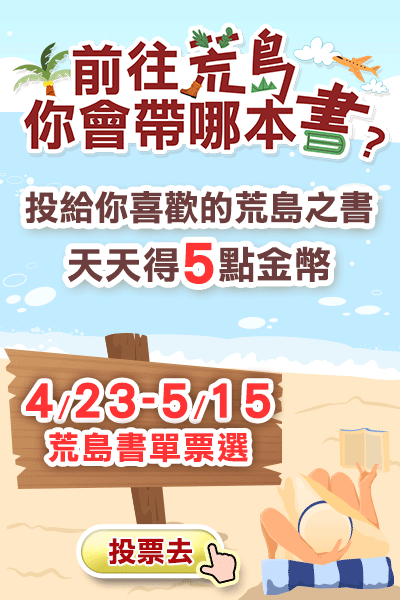



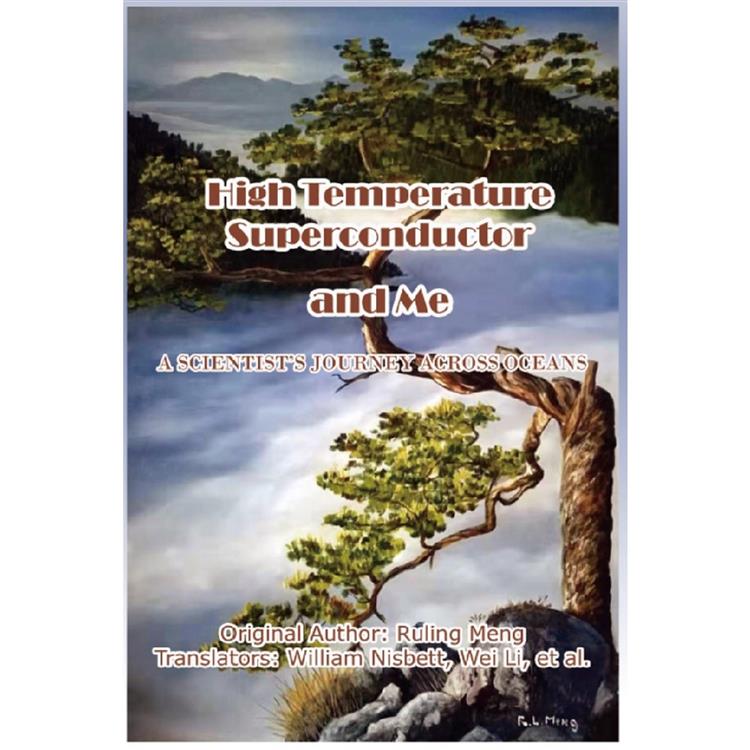
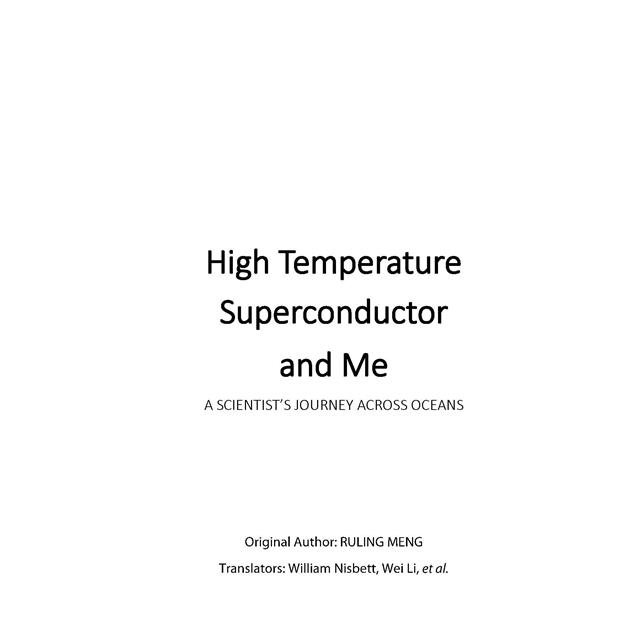
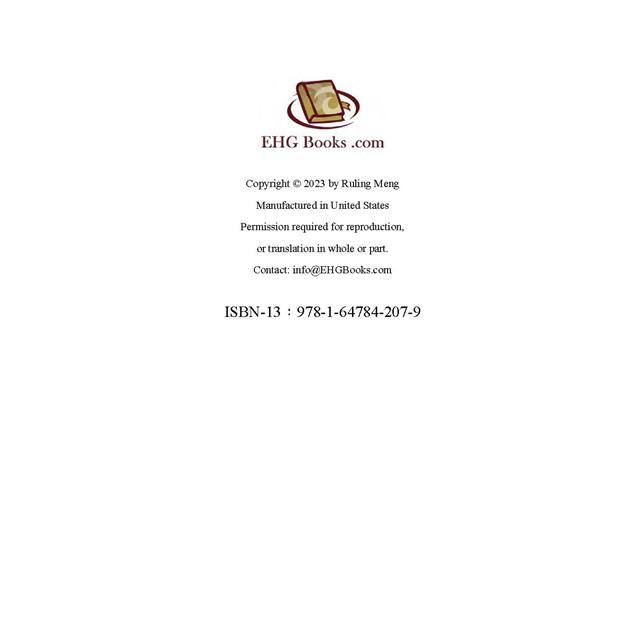
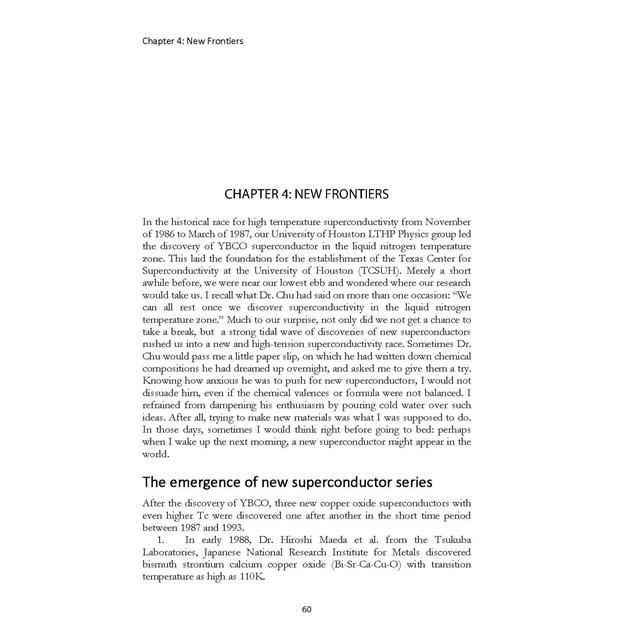






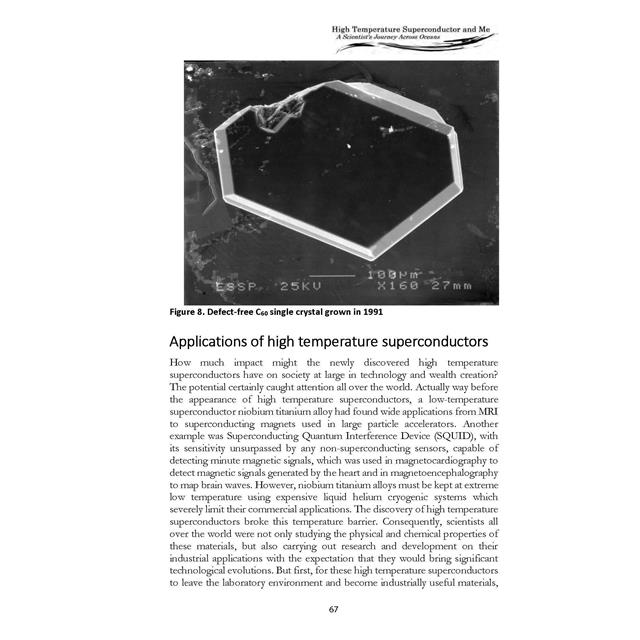

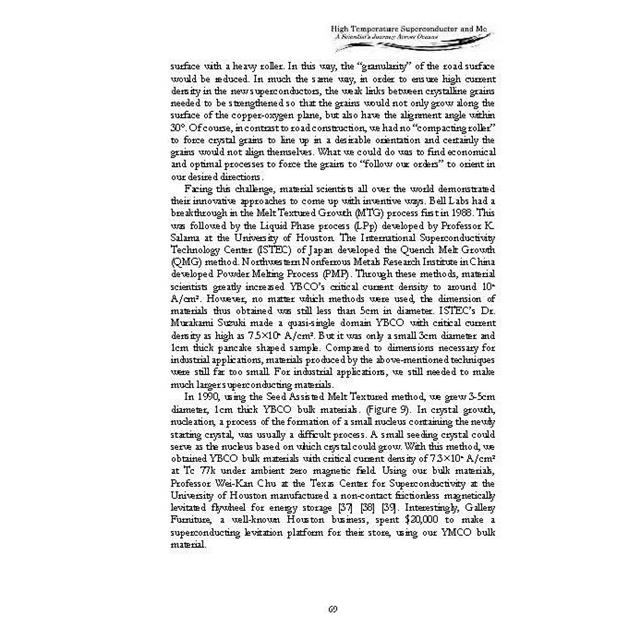

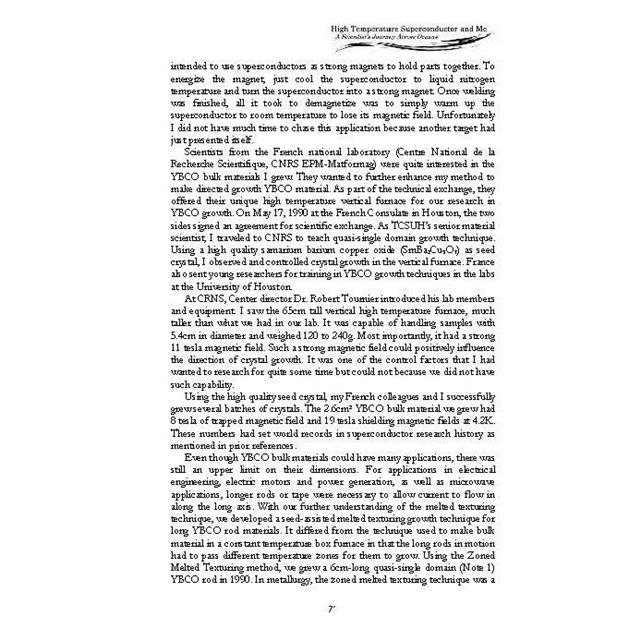

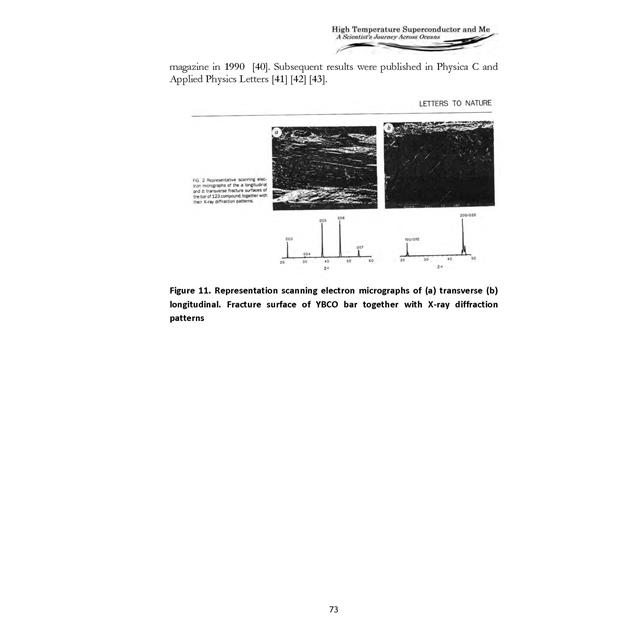
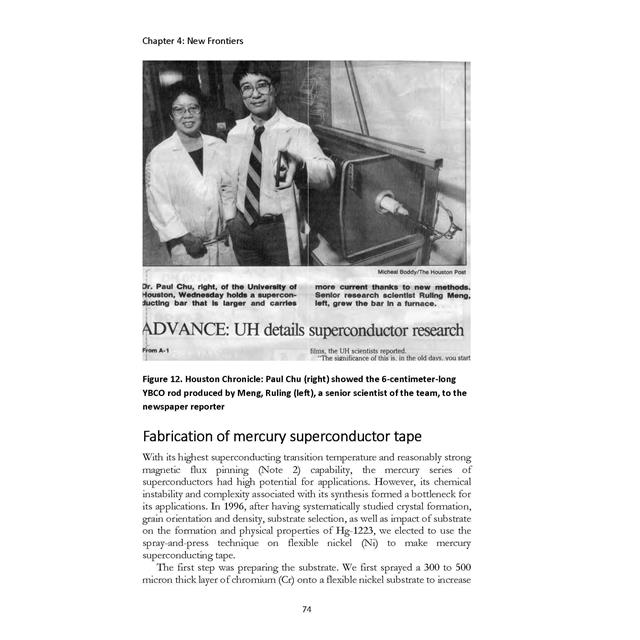

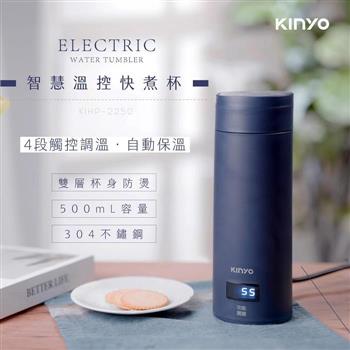


商品評價